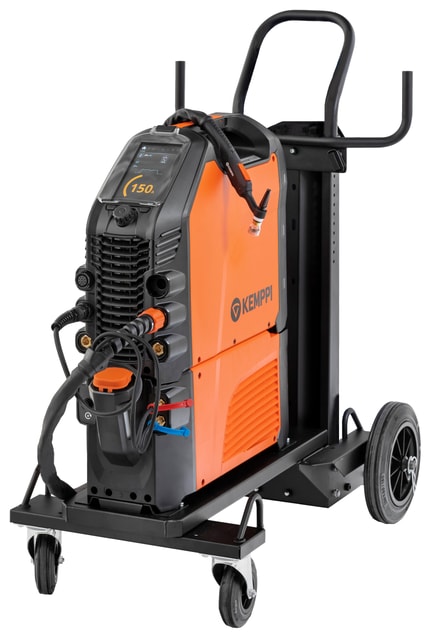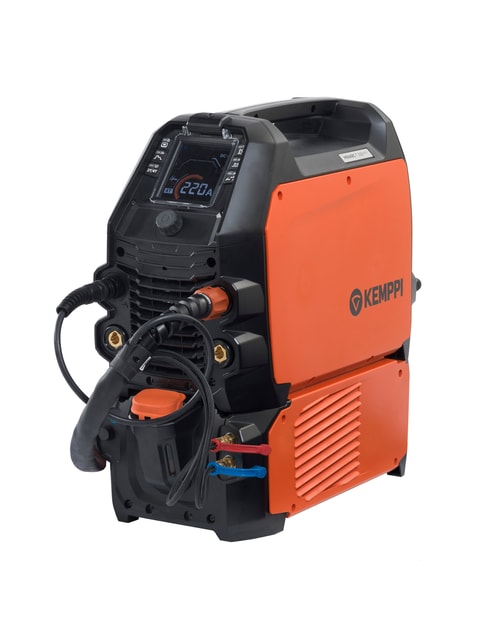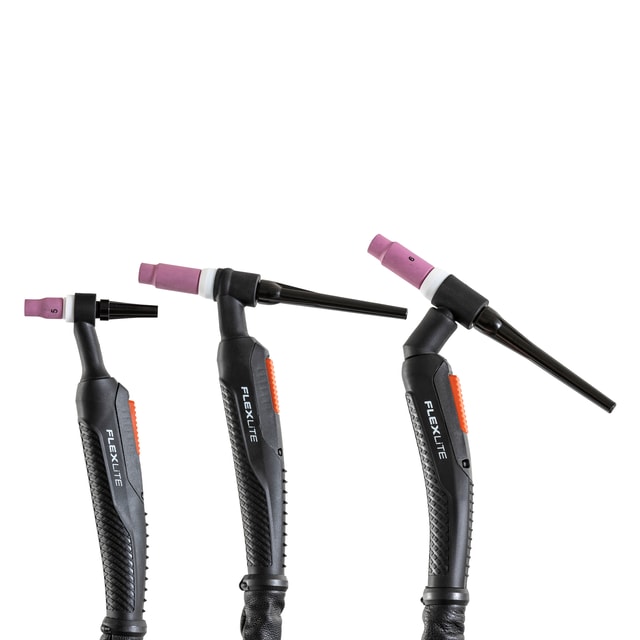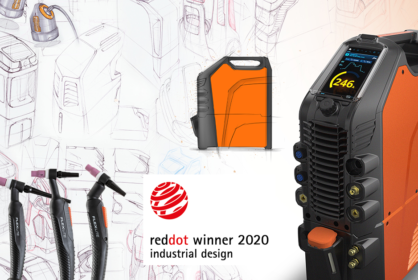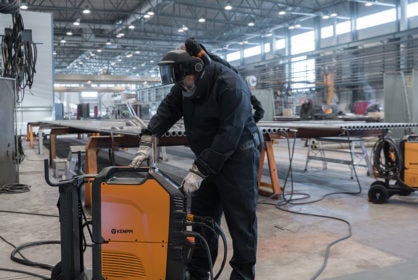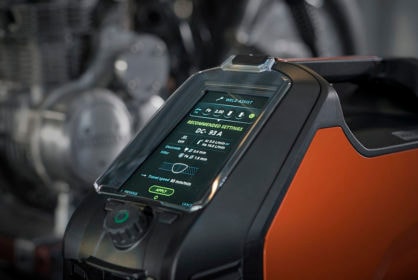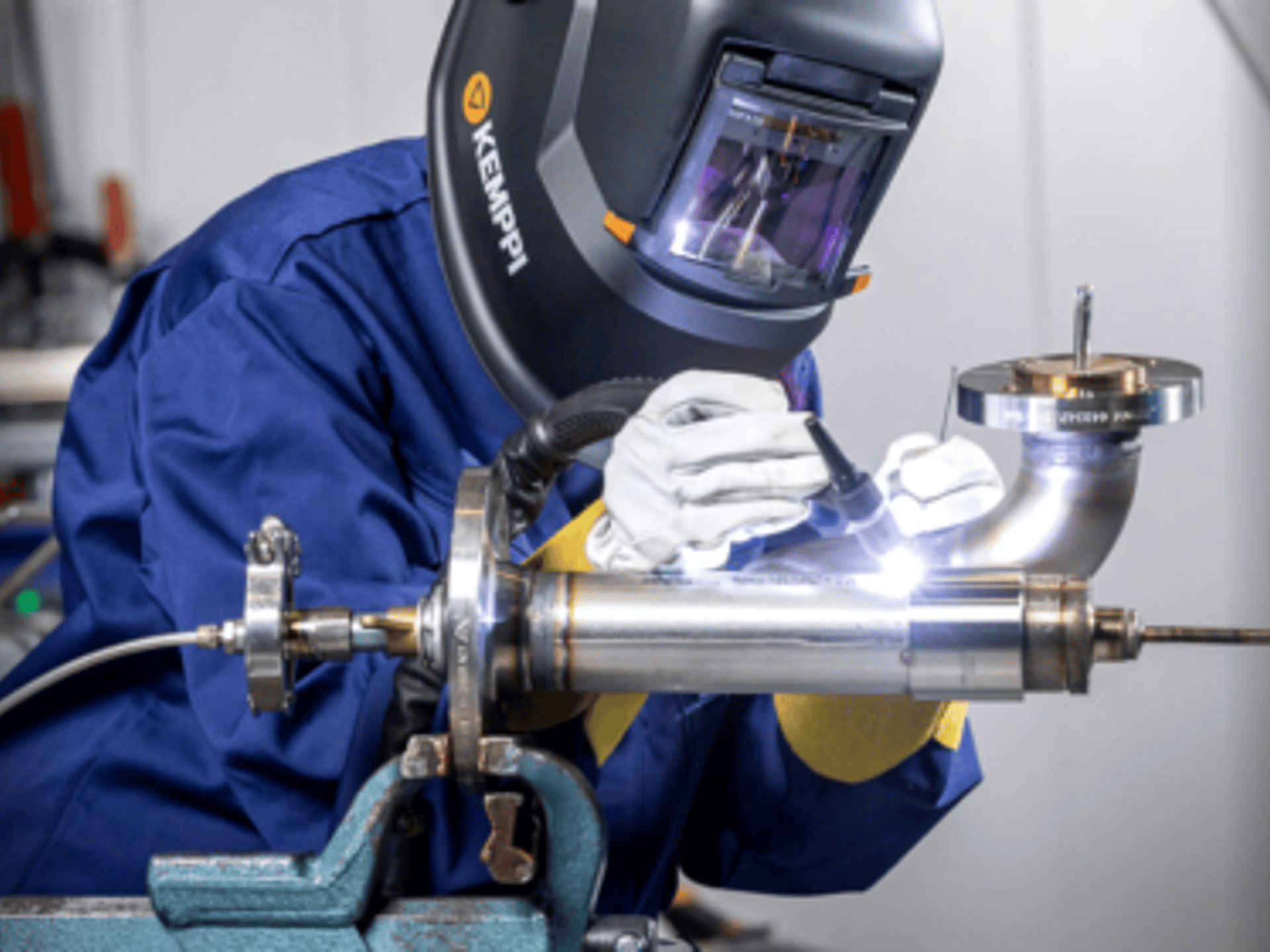
Saldatura manuale
What Shielding Gas for TIG Welding?
1 settembre 2022
How to choose the right shielding gas for TIG welding? Is there a gas suitable for any material that can be TIG welded?
Antti Kahri
Argon and Helium are the most common shielding gases for TIG welding
The term TIG (tungsten inert gas) welding implies that shielding gas for TIG welding must be inert, and can’t contain any active components. As such, two different gases, argon (Ar) and helium (He), can be used as main gas components. The most common shielding gas for TIG welding is pure argon because it is suitable for any type of material that can be TIG welded. Pure argon provides a stable and narrow welding arc, excellent arc ignition, and relatively low heat input and penetration. These characteristics make pure argon suitable for most TIG welding applications and typically, it is the only shielding gas that hobby welders and professional welders need.
A mixture of argon and helium with 30, 50, or 70% helium is used when welding requires high heat input. Pure helium can even be used when a particularly high heat input is required, for example, when welding thick copper material. Helium also makes the penetration profile wider and deeper. As such, a mixture of argon and helium, or even pure helium, is suited for efficient welding with greater penetration. However, arc ignition characteristics with helium are not as good as with argon and this should be taken into consideration when choosing TIG welding devices. When using pure helium, a powerful high-frequency spark and adjustable ignition parameters are very beneficial.
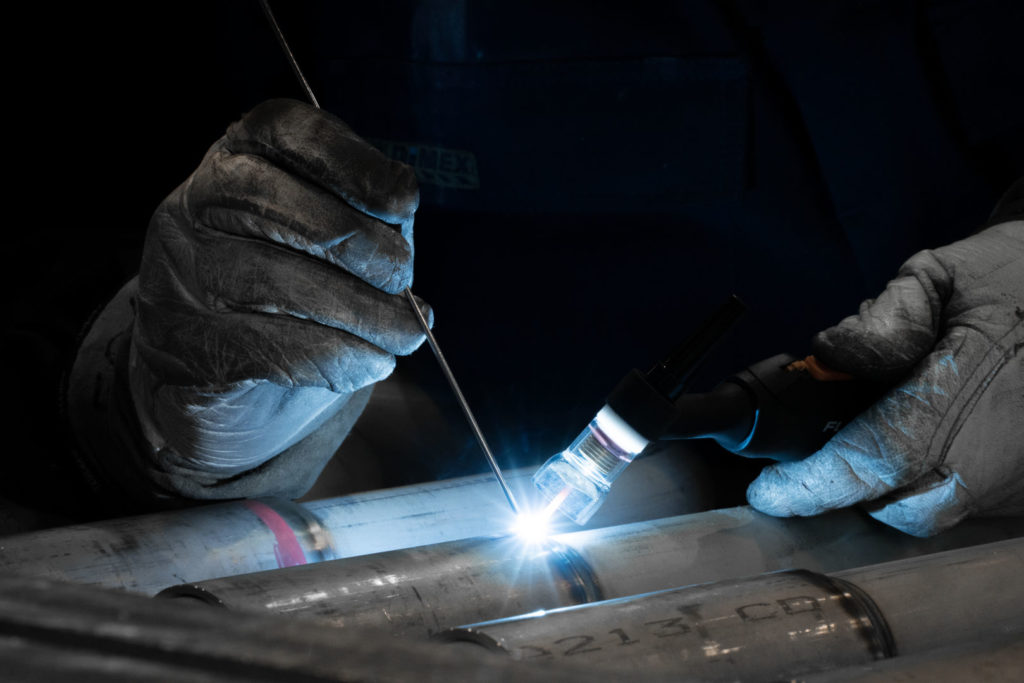
TIG welding
TIG welding can contain a mixture of argon and additive gases; hydrogen, nitrogen and nitrogen oxide
In addition to these two main components, shielding gases for TIG welding can contain:
hydrogen (H2)
nitrogen (N2)
nitrogen oxide (NO)
A small amount of hydrogen (for example 2-6 %) can be used to improve weld pool fluidity for increased penetration or a reduction reaction. In practice, when welding austenitic stainless steels, brighter weld colors can be achieved when hydrogen is used in the shielding gas. However, hydrogen must not be used with ferritic or ferritic-austenitic steels because of hydrogen embrittlement.
When welding high-alloyed austenitic steels or super-duplex steels, a nitrogen loss reaction is quite common. When using filler wire, this reaction is taken into account by using wire with the ideal chemical composition. TIG welding of high-alloyed steels can also be done without filler wire and nitrogen loss can be compensated for by using a small amount of nitrogen (approx. 1.8 %) in the shielding gas. The purpose of nitrogen oxide is to improve the working environment by removing ozone. In some cases, it can also improve arc stability. The typical amount of nitrogen oxide is quite small, (e.g. 0.03 %).
The quality of shielding gas flow matters
A shielding gas flow has a significant effect on weld quality. A highly turbulent flow offers poor shielding and elevated gas consumption while a smooth laminar gas flow provides excellent weld pool shielding and economic gas usage.
A highly turbulent shielding gas flow with a market standard gas lens versus a smooth laminar gas flow with Kemppi gas lens kit.
Read more about Kemppi consumables and get to know >>> the Flexlite TX TIG torch range.

Antti Kahri
Antti Kahri
Welding Engineer, Welding Team at Kemppi Oy. International Welding Engineer (IWE) who has more than ten years of experience developing welding characteristics for TIG, MIG/MAG and MMA welding machines, such as X8 MIG Welder and MasterTig. Passionate about finding user-friendly ways to improve the quality and efficiency of welding.
